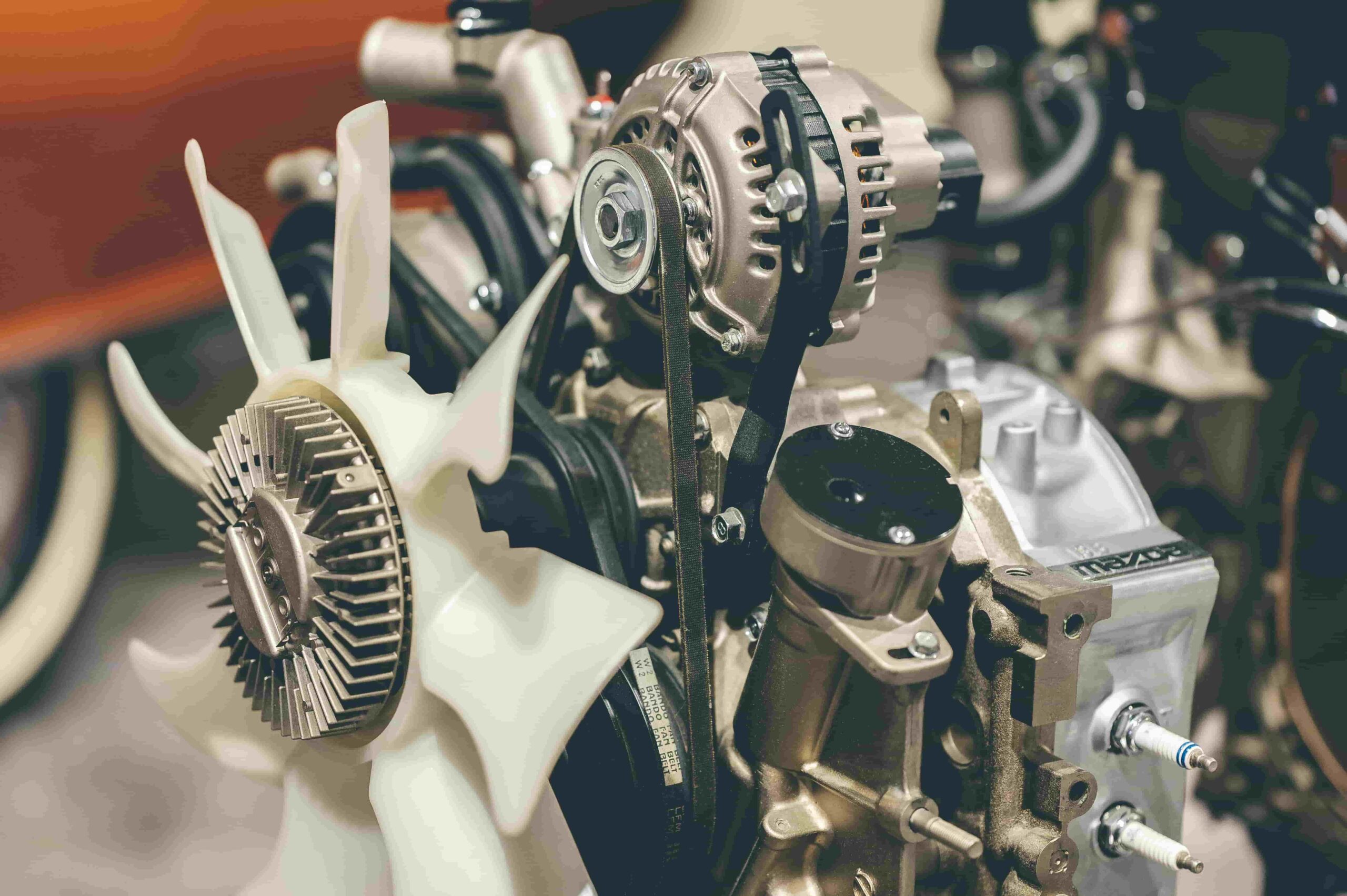Introduction to the Growing Importance of Sustainable Practices in the Automotive Industry
In a world increasingly aware of environmental challenges and economic constraints, the automotive industry is no exception to the shift towards sustainability. Eco-conscious drivers, car enthusiasts, and budget-conscious consumers are all searching for ways to reduce their carbon footprint while also saving money. One particularly effective strategy that addresses both concerns is using recycled parts for car repairs. This blog post explores the myriad benefits of this approach, providing practical guidance and real-world examples to help you make informed, eco-friendly decisions for your vehicle.
Exploring the Environmental and Economic Benefits of Using Recycled Parts for Car Repairs
Using recycled parts for car repairs offers significant environmental and economic advantages. First, it helps reduce the demand for new parts, subsequently lowering the energy and raw materials required for manufacturing. This reduction in resource consumption translates to fewer greenhouse gas emissions and a smaller carbon footprint.
Additionally, opting for recycled parts can lead to substantial cost savings. Recycled parts are typically less expensive than brand-new ones, allowing you to maintain your vehicle without breaking the bank. This approach not only makes car repairs more accessible but also supports a circular economy, where resources are reused and recycled instead of discarded.
By choosing recycled parts, you contribute to a more sustainable automotive industry while enjoying the economic benefits of affordable repairs. It’s a win-win situation that aligns with the values of eco-conscious drivers, car enthusiasts, and budget-conscious consumers alike.
Case Studies and Real-World Examples of Cost Savings by Choosing Recycled Parts
To illustrate the cost savings of using recycled parts, let’s examine a few real-world examples. Consider the case of a driver needing a replacement alternator for their vehicle. A new alternator might cost upwards of $300, while a recycled one could be available for as little as $100. By opting for the recycled part, the driver saves $200 without compromising on quality or performance.
Another example involves a car enthusiast looking to replace a damaged bumper. A new bumper might cost $500, whereas a recycled one could be sourced for $150. The enthusiast saves $350 and contributes to a more sustainable automotive industry by choosing the recycled option.
These examples demonstrate the tangible financial benefits of using recycled parts for car repairs. By making informed decisions and prioritizing sustainability, drivers can enjoy significant cost savings while supporting a greener future.
How to Source High-Quality Recycled Parts and Ensure Compatibility with Your Vehicle
Sourcing high-quality recycled parts and ensuring their compatibility with your vehicle might seem daunting, but it’s easier than you think. Start by researching reputable auto salvage yards and online marketplaces that specialize in recycled parts. Websites like Car-Part.com and LKQ Corporation offer extensive inventories and detailed information about each part’s condition and compatibility.
When selecting recycled parts, pay close attention to the part’s history, including its age, mileage, and any previous repairs. It’s also essential to verify the part’s compatibility with your vehicle by cross-referencing its specifications with your car’s make, model, and year.
To further ensure quality, consider working with a trusted mechanic who can inspect the recycled part before installation. This step helps guarantee that the part meets your vehicle’s requirements and performs reliably once installed.
Addressing Common Myths and Concerns about the Reliability of Recycled Auto Parts
Despite the many benefits of using recycled auto parts, some drivers may still have reservations about their reliability. Let’s address a few common myths and concerns to help put your mind at ease.
One common myth is that recycled parts are inherently inferior to new ones. In reality, many recycled parts come from relatively new vehicles that have been involved in accidents, leaving many components in excellent condition. When sourced from reputable suppliers, recycled parts can be just as reliable as their new counterparts.
Another concern is that recycled parts may not fit or function properly. By carefully verifying compatibility and working with a trusted mechanic, you can ensure that the recycled part meets your vehicle’s specifications and performs as expected.
Finally, some drivers worry about the availability of recycled parts for their specific vehicle. With the growing demand for sustainable practices and the expansion of online marketplaces, finding high-quality recycled parts for various makes and models has never been easier.
Conclusion
The Future of Sustainable Auto Repairs and the Role of Consumers
In summary, using recycled parts for car repairs offers numerous benefits for eco-conscious drivers, car enthusiasts, and budget-conscious consumers. By choosing recycled parts, you can reduce your carbon footprint, save money, and support a more sustainable automotive industry.
As more drivers become aware of these advantages, the demand for recycled parts will continue to grow, encouraging further innovation and development in the industry. By making informed, eco-friendly choices, you can play a vital role in shaping the future of sustainable auto repairs.
Ready to make the switch? Explore reputable sources for high-quality recycled parts and start enjoying the environmental and economic benefits today. Together, we can drive smart and save green.

